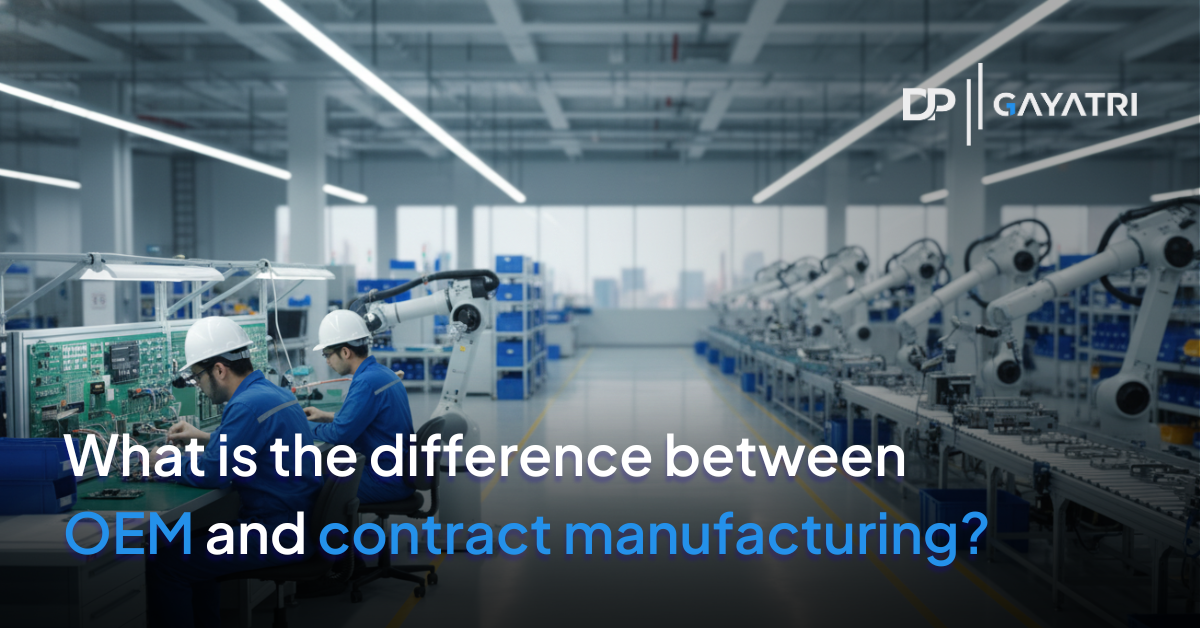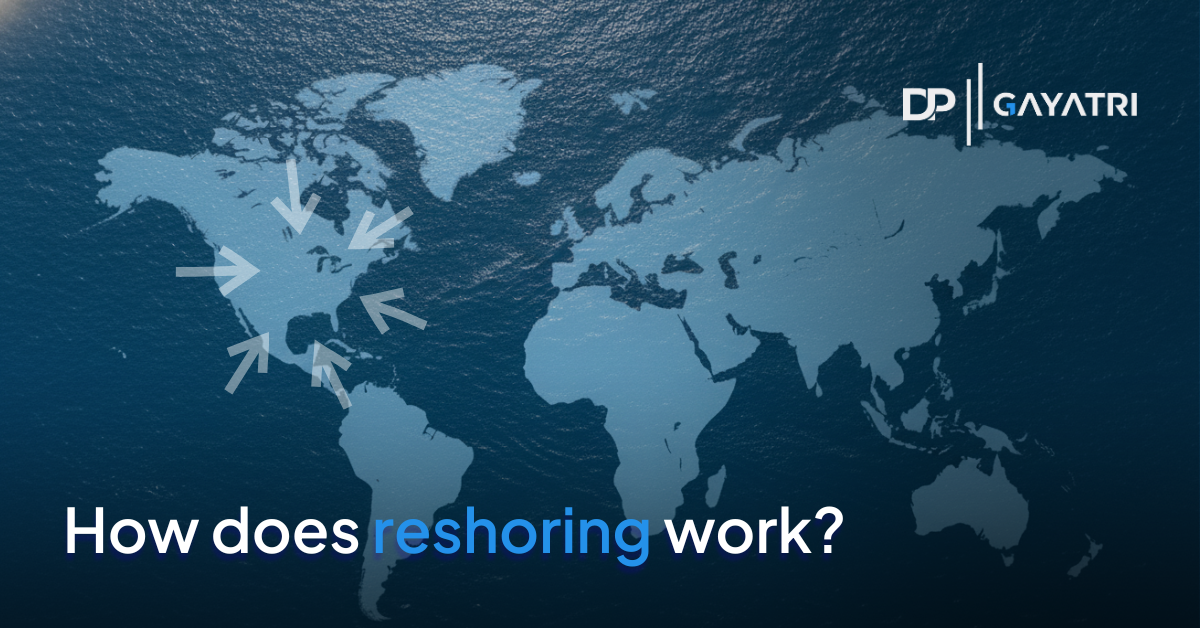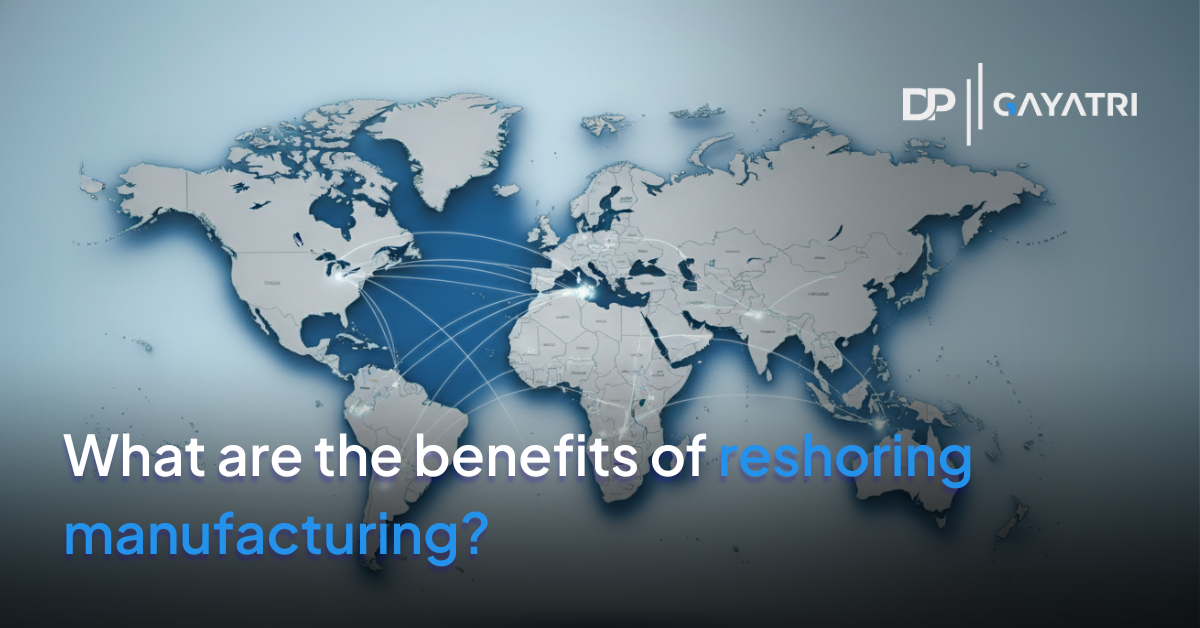OEMs rely on expert partners to streamline their operations, whether for complex subassemblies or full product builds. Understanding this process, its real-world applications, and how specialized providers offer contract assembly services is key to achieving manufacturing excellence and realizing the full potential of assembly manufacturing applications.
%20(21).png)
For More Information
Contact us!%20(60).png)







